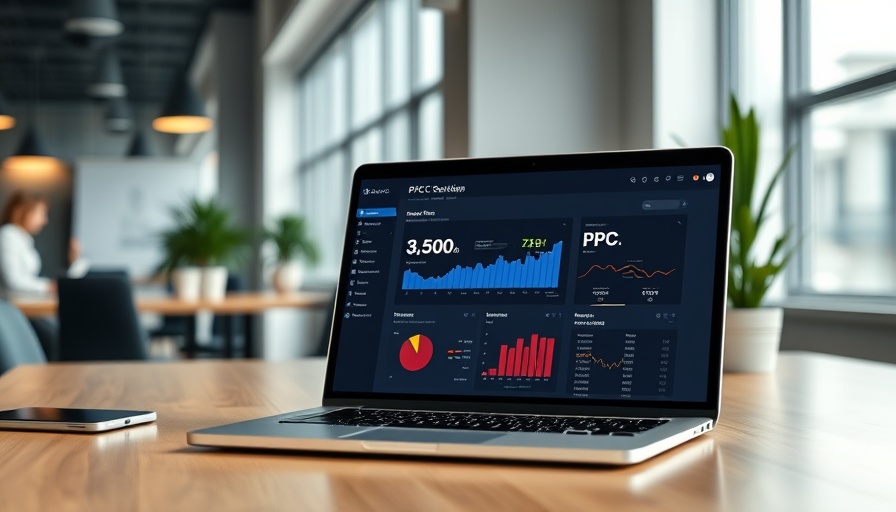
Unlocking the Future: How AI Enhances Advertising
With the rapid evolution of technology, AI in digital marketing has become an integral component, particularly in advertising. As professionals, business owners, and marketers, understanding how to effectively implement artificial intelligence in advertising is essential for growth and efficiency in today's competitive digital landscape.
Understanding AI’s Role in Advertising
Artificial intelligence encompasses various tools and methodologies that automate and optimize processes in advertising—everything from ad placement to performance forecasting. AI helps brands reach their audience more efficiently by utilizing data and algorithms to make informed advertising decisions. Tools operated with AI can gather insights from consumer behavior, offering predictive targeting capabilities, which are transforming how brands connect with potential customers.
Effective Dos and Don’ts for AI-Driven Advertising
For brands venturing into AI-driven advertising strategies, there are key best practices to consider:
The Dos of AI in Retail Media Advertising
- Leverage Predictive Targeting: AI can analyze past customer behavior patterns and seasonal trends to predict future buying behavior. This ensures marketing efforts are effectively directed at audiences most likely to convert, increasing the chances of maximizing ROI.
- Optimize Bids Automatically: Utilize AI bidding tools that can adjust bids in real-time based on performance metrics, eliminating the need for constant manual inspections and allowing brands to allocate advertising budgets efficiently.
- Enhance Ad Relevance: Systems like Amazon DSP allow brands to experiment with different ad versions and determine which creatives work best. By letting AI find optimal creatives for various segments, brands save time and drive better results.
- Incorporate Inventory Data: Integrating real-time inventory data enhances ad delivery, improving the shopper's experience and ensuring that ads reflect available products.
- Forecast Campaign Performance: Reliable predictions based on historical data can help marketing teams allocate budgets wisely, whether for platforms like Walmart or Amazon, ensuring no revenue opportunities are missed.
The Don’ts: Caution with AI Management
- Don’t Rely on AI Alone: While AI can streamline operations, retaining human oversight is crucial for minimizing errors, such as incorrect labeling or broken links, which can negatively affect campaign performance.
- Regular Monitoring is Key: Always perform routine check-ins to monitor for anomalies or shifts in consumer behavior that AI might not detect, ensuring ad campaigns remain aligned with business objectives.
- Ensure Proper Alignment: AI optimizations must align with precise campaign goals. Different strategies are required for various objectives, such as increasing visibility for new products.
The Value of Incorporating AI in Your Advertising Strategies
Using AI effectively can lead to significant returns on investment, improved efficiency, and a more personalized customer experience. By focusing on iterative improvements and maintaining a human touch, brands can harness the power of AI to create more compelling advertising strategies.
Future Predictions: What Lies Ahead for AI in Advertising?
The integration of AI in digital marketing will continue to grow, becoming ever more sophisticated as algorithms evolve. As brands collect first-party data and refine their understanding of customer journeys, AI could play a pivotal role in driving hyper-personalized marketing strategies that cater to individual preferences and behaviors more accurately than ever before.
Actionable Insights: How to Get Started with AI Advertising
To start implementing AI in your advertising, consider investing in data analytics tools that offer predictive capabilities. Regular training sessions for your marketing team on emerging AI technologies and capabilities will also help build a future-ready strategy.
Conclusion: Embrace AI for a Competitive Edge
In a continually evolving digital environment, adopting AI in your advertising strategy is not just advantageous—it's essential. By staying informed on AI developments and harnessing the best practices outlined above, brands can unlock unparalleled opportunities in advertising effectiveness and customer engagement.
 Add Row
Add Row  Add
Add 




Write A Comment